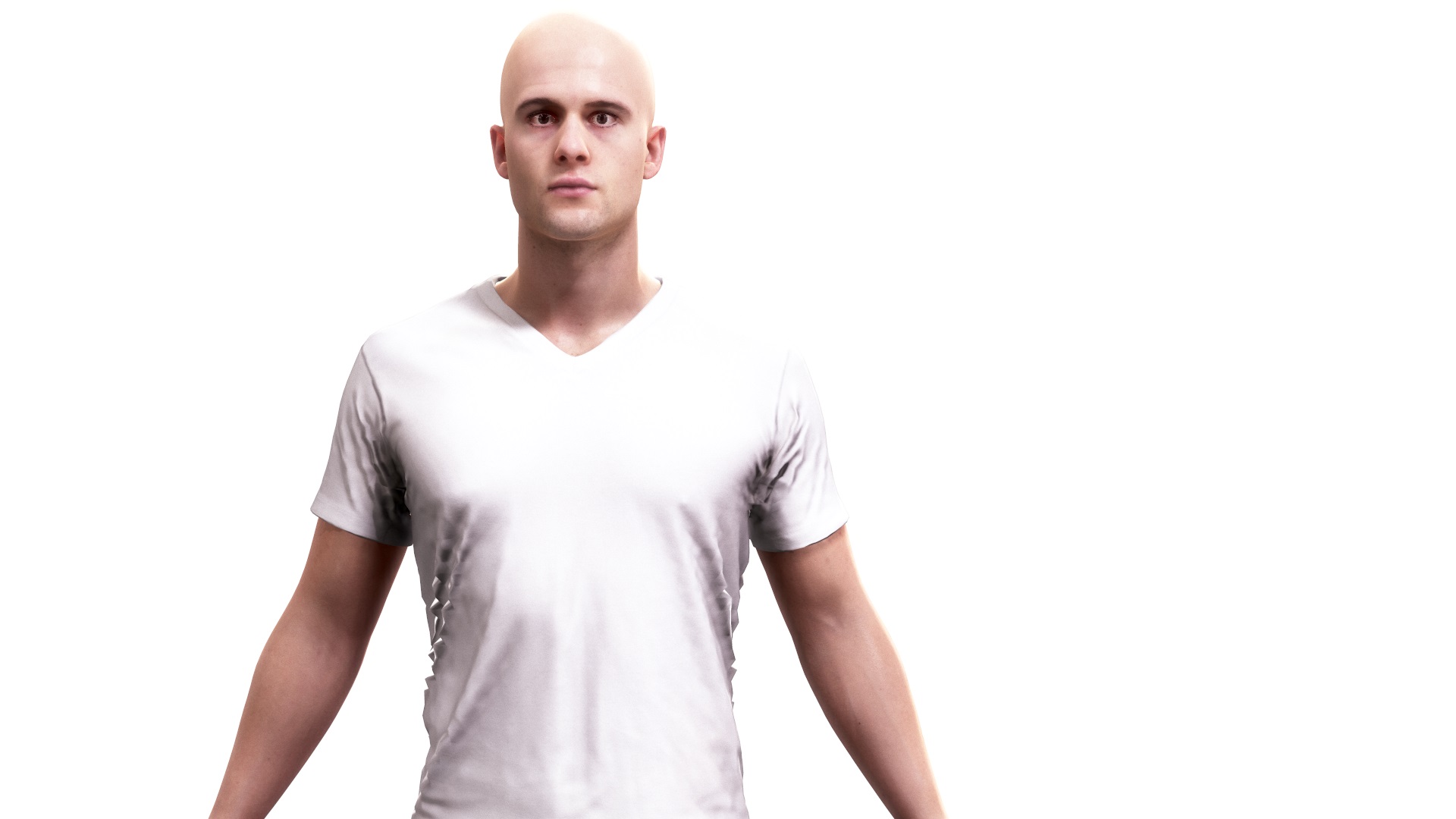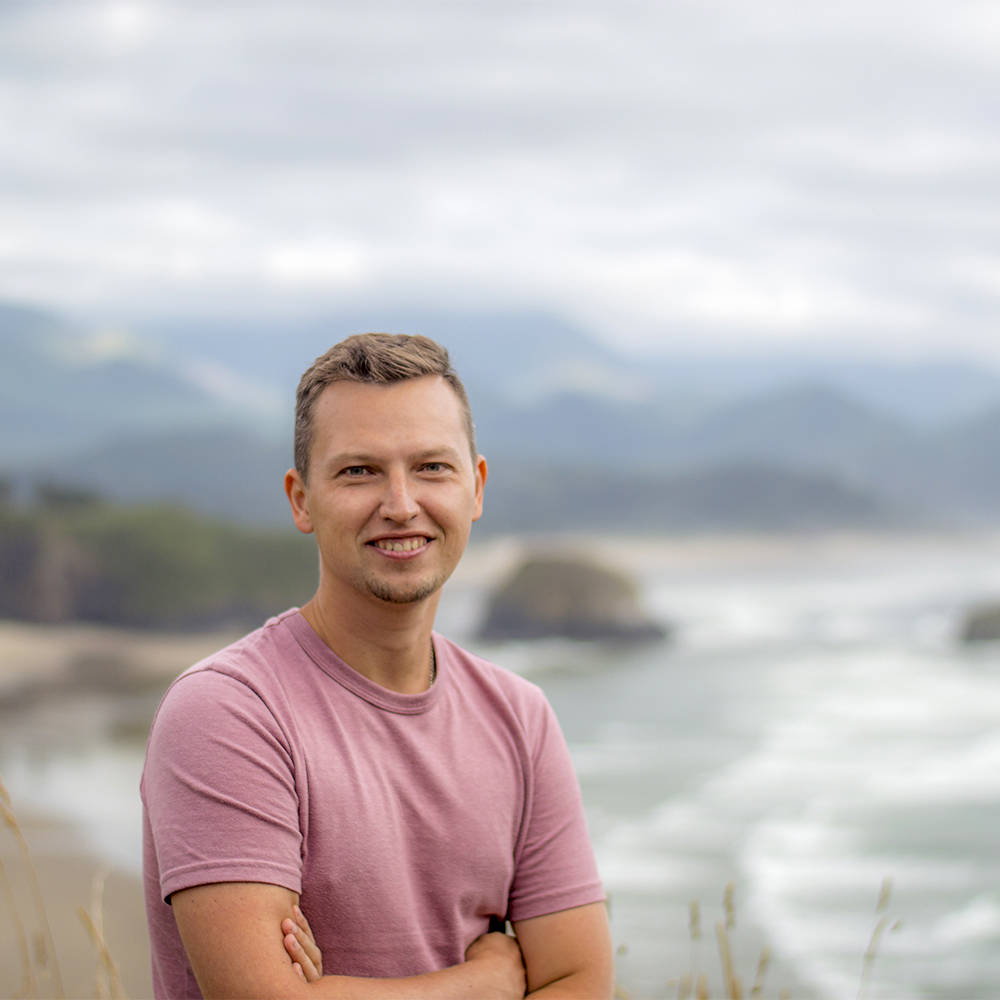
CG Character Basics: Pre-planning
CG Character Basics: Pre-Planning
The geometric body layer is the foundation of all properly built CG characters.
Hense, at Scanlab, we always use the naked or semi-naked body as the foundational layer from which we build all our CG characters.
The body layer must always be 3D captured.
...
The Case for a Full Body Capture
The non-technical reason for the capture of the body layer is that clothing garments and accessories are usually augmented upon and adjusted to some underlying set of body proportions. That is unless you are involved in a project where your CG Character needs no clothing, in which case you definitely need a body, which by default becomes the body layer. Slim, heavy, tall, short or neutral, the body layer is “the hanger” of clothing and other characteristics which physically defines CG character’s scope.
The technical reason for the need of the body layer, even when oftentimes hidden, is it provides a system of measure and visually guarantees the stability of characters morphology and proportion. Not only that, but as the complexity of your CG Character pipeline grows, having the underlying body layer means your CG character has the potential to be developed further, evolving and expanding the range of its visible or visual abilities.
Imagine a scenario where during the initial stages of your project you decide to capture only the immediately necessary pieces of a person: face, hands and a few bits of clothing. This may seem like a sound way to minimize immediate costs at first. But, as your project develops, as it usually happens, a scene or an animation clip may get added that may challenge the original scope. Your CG Character falls, jumps, bends or twists and a part which was initially invisible: an ankle, abdomen or back is now revealed; or a long-sleeve is replaced by a short-sleeve shirt, or pants replaced with shorts have now uncovered the gaping hole of missing geometry and texture underneath. Surely this won’t happen in real life, but if it does, then we’re back to the logistics of getting the actor back for another 3d capture session.
Photographers capture more than they need to be able to crop. Handles get added to scenes, sequences, renders to have the ability to adjust. Animators add frames to enter into an action. The same thing applies to the way we build our characters!
Yet still, during the production of Visual Effects for Feature Film, as scripts get locked, it may be the necessary evil to capture only what is required, especially since more effort needs to be dedicated to areas of high importance.
Pre-planning accordingly and anticipating the unforeseen will save you time, funds and guarantee your peace of mind during the 3d capture process.
...
If you have any wishes, suggestions or feel this article could be improved, please, do not hesitate to leave us your comments in the section below.
Best Regards,

Ruslan Vasylev
Founder
Professional 3D Modeler with 17 years of combined VFX and Games experience, managing Vancouver-based 3D Scanning Studio,
Servicing Visual Effects for Film, Television, Games and Virtual Reality production studios.